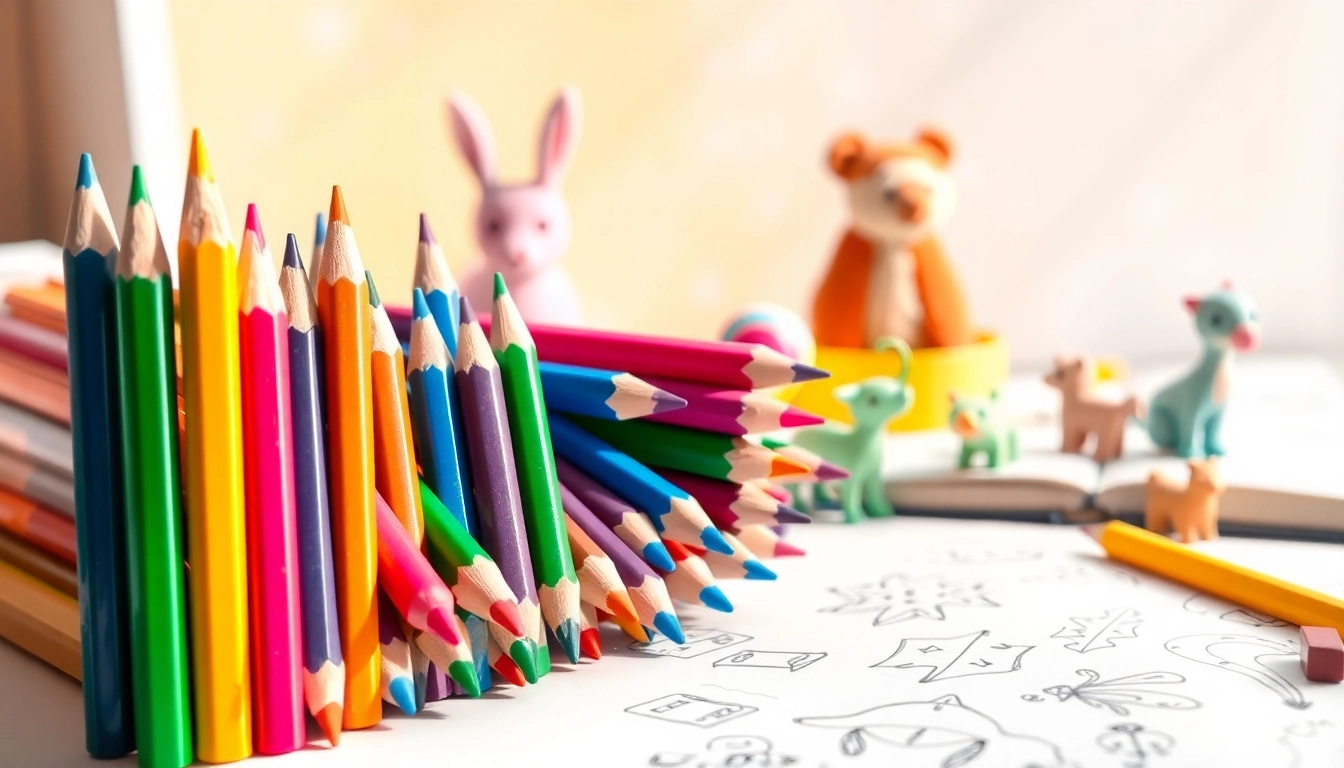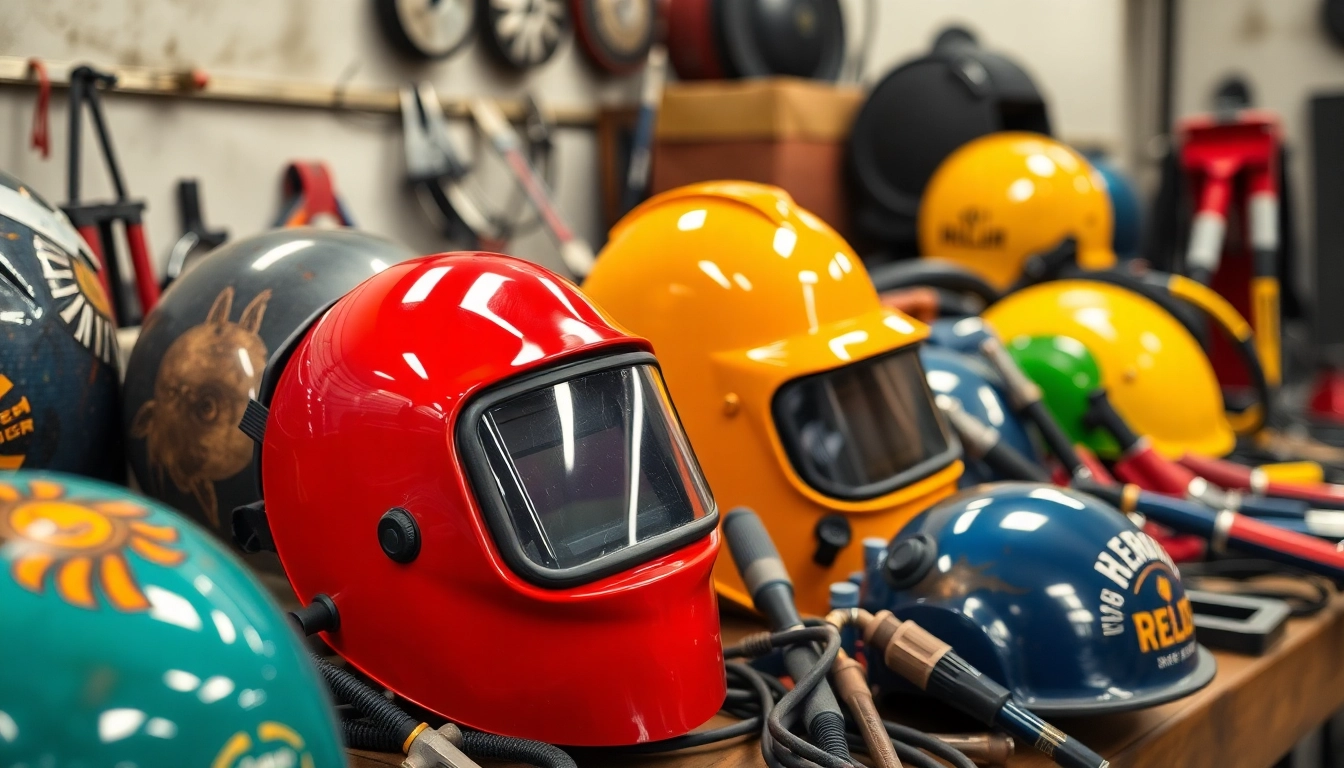1. Introduction to Kids Colouring Pencils
Colouring has always been a beloved activity for children of all ages, offering a unique combination of fun and creative expression. Kids’ colouring pencils are versatile tools that provide young artists with the ability to create vibrant artwork while also aiding in their cognitive and emotional development. In this article, we will explore the various aspects of kids’ colouring pencils, including their benefits, types, essential features, and more. As parents or educators, understanding these tools can greatly enhance the experience for young aspiring artists.
1.1 Understanding the Benefits of Colouring for Kids
Engaging in colouring activities comes with a multitude of benefits for children. Firstly, it enhances fine motor skills, as gripping pencils and controlling movement across paper requires coordination. Secondly, colouring stimulates creativity, allowing children to express themselves visually. This form of artistic expression can aid emotional development, as it offers an outlet to convey feelings and ideas that might be difficult to articulate verbally.
Moreover, colouring helps to improve focus and concentration. The repetitive nature of colouring can be meditative, helping young minds to focus on a task and improve their overall mindfulness. Additionally, it can also serve as a foundation for learning about colours, shapes, and spatial awareness, making it a perfect educational tool.
1.2 Types of Kids Colouring Pencils
When it comes to kids’ colouring pencils, there are a variety of types to consider. The primary types include:
- Wax-based Pencils: These are smooth and easy to apply, ideal for younger children who are just beginning their colouring journey.
- Oil-based Pencils: Offering richer colour and better blending capabilities, oil-based pencils are suitable for older children and budding artists looking for more advanced techniques.
- Watercolour Pencils: These versatile pencils can be used dry or with water to create beautiful washes of colour, making them a fun choice for kids who enjoy experimenting.
- Colored Pencils: Traditional colouring pencils are a staple, available in various degrees of hardness, allowing for both detailed work and wider applications.
1.3 Key Features to Look For in Colouring Pencils
Selecting the right colouring pencils for kids involves understanding critical features that can enhance their colouring experience. Key features to look for include:
- Non-toxic Materials: Ensure that the pencils are made from safe materials, especially for younger children who may put objects in their mouths.
- Durability: Look for pencils that can withstand the rigors of use without breaking, reducing frustration for the child.
- Vibrant Colouring: High-quality pigments that provide bright and rich colours can greatly enhance the final artwork.
- Comfortable Grip: Ergonomically designed colours can be easier for small hands to hold, helping kids maintain control while colouring.
2. Choosing the Right Kids Colouring Pencils
Choosing the right colouring pencils for children involves considering several factors, including age, skill level, and brand quality. Each of these elements plays a significant role in ensuring a positive and fulfilling colouring experience.
2.1 Considerations for Age and Skill Level
When selecting kids’ colouring pencils, it’s essential to consider the child’s age and skill level. For toddlers, wax-based crayons or softer pencils are typically a great starting point, as they require less pressure and allow for easier application. As children grow older and their skills develop, introducing higher-quality coloured pencils, such as oil-based or watercolour options, can foster deeper creative exploration.
School-age children can benefit from a variety of pencils that cater to more detailed work, allowing them to express their artistic flair while enhancing their technical skills. Parents and educators should pay attention to the child’s preferences and comfort levels with different types of pencils.
2.2 Comparing Brands: What to Know
With many brands in the market, it’s crucial to compare and understand what each offers. Renowned brands often provide better quality control and safer materials. Look for reviews and recommendations from other parents or educators who have practical experience with the products. Brands known for their high-quality kids’ products, such as Crayola, Faber-Castell, and Prang, often set the standard for colour intensity and durability.
Price can also be a factor; however, investing in a good set of kids’ colouring pencils can lead to long-lasting use and satisfaction. A quality pencil will not only provide great colour but also enhance the overall artistic experience for the child.
2.3 Evaluating Quality and Safety Standards
Safety is paramount when it comes to children’s products. Always check if the pencils adhere to safety standards such as ASTM D-4236 or EN71, which ensure products are free from harmful substances. Furthermore, consider brands that have transparency regarding their materials and manufacturing processes. Quality can significantly influence the outcome of a child’s artwork; therefore, investing in reputable brands ensures that the pencils will perform well and last through various artworks.
3. Tips for Encouraging Colouring Activities
Encouraging kids to engage in colouring activities can be made more exciting and fulfilling by creating a stimulating environment and providing different opportunities for creative expression. Here are some tips to inspire young artists.
3.1 Setting Up a Creative Space
A dedicated creative space can significantly enhance a child’s desire to colour. Make sure the area is well-lit, comfortable, and stocked with various supplies, including paper, colouring pencils, and possibly other artistic tools. Organizing materials in a way that allows easy access encourages independence and creativity. Consider including artworks from the child or peers as inspiration to cultivate a motivating atmosphere.
3.2 Engaging Activities with Kids Colouring Pencils
Integrate creative colouring activities into your child’s daily routine. For instance, you can set up themed drawing days, such as “nature”, “under the sea”, or “favourite characters”. These themes can spark imagination and provide context for their artwork. Furthermore, consider organizing group colouring sessions with friends or family, turning the activity into a social event where children can share ideas and inspiration.
Utilizing the kids colouring pencils in combination with other art forms, such as painting or digital art, can broaden their understanding and appreciation of different artistic mediums.
3.3 Incorporating Colouring into Learning
Colouring can serve as a fantastic educational tool, reinforcing important concepts in a fun manner. For example, while teaching shapes or letters, you can encourage your child to colour in objects that begin with specific letters, or to create their own colourful shapes. Integrating knowledge with creativity enhances retention and engages children more thoroughly in their learning. Additionally, using colouring as a reward after completing a learning session can motivate children further.
4. Maintenance and Care of Colouring Pencils
To maximize the lifespan of kids’ colouring pencils, proper care and maintenance are necessary. Understanding how to store, sharpen, and clean these tools is essential for ensuring continued performance and enjoyment.
4.1 Proper Storage Techniques
Storing colouring pencils correctly can prolong their life. Use a designated pencil case or container that keeps them organized and protected from wear and tear. Avoid areas with extreme temperatures or humidity, as these conditions can affect the performance of the pencils. Additionally, encourage children to store their pencils away after use to instill good habits about taking care of their art supplies.
4.2 When to Sharpen and Replace Pencils
Sharpening pencils correctly can ensure optimal performance. Introduce a good-quality sharpener that accommodates children’s sizes and skills. Keep an eye on the pencil points; when they start to dull or break easily, it’s time to sharpen. Furthermore, if any pencils become too short to hold comfortably, they may need to be replaced. Regular maintenance can enhance their drawing experience and encourage kids to continue using their colouring tools.
4.3 Cleaning Techniques for Better Performance
While colouring pencils don’t typically require extensive cleaning, it’s essential to maintain them to ensure they perform at their best. Clean occasionally by wiping the surface of the pencils with a soft cloth to remove built-up residue. If the colours have been smeared or mixed during storage, a gentle wash of the hands can prevent dirt from transferring onto artwork during the next use.
5. Conclusion: Enhancing Creativity and Fun
In conclusion, kids’ colouring pencils play a vital role in enhancing children’s creativity and providing a valuable medium for artistic expression. By understanding their benefits, selecting the appropriate types, and fostering a conducive environment, parents and educators can truly unlock the potential of young artists.
5.1 Recap of Benefits
Engaging with colouring pencils enriches children’s fine motor skills, creativity, and emotional expression, making it a beneficial activity for their development. By providing children with high-quality tools and encouraging interactive activities, parents can further enhance their children’s creativity.
5.2 Inspiration from Young Artists
Finally, don’t forget to celebrate the unique styles and achievements of young artists. Display their art proudly, create art books, or even share their work online (with appropriate privacy settings). Recognizing their efforts boosts their confidence and encourages continued engagement in artistic activities.
5.3 Final Thoughts on Kids Colouring Pencils
Investing time and resources into kids’ colouring pencils can produce remarkable outcomes, cultivating a lifelong love of art and creativity. As children grow, so will their abilities and interests, making it an exciting journey for both them and their caretakers.



